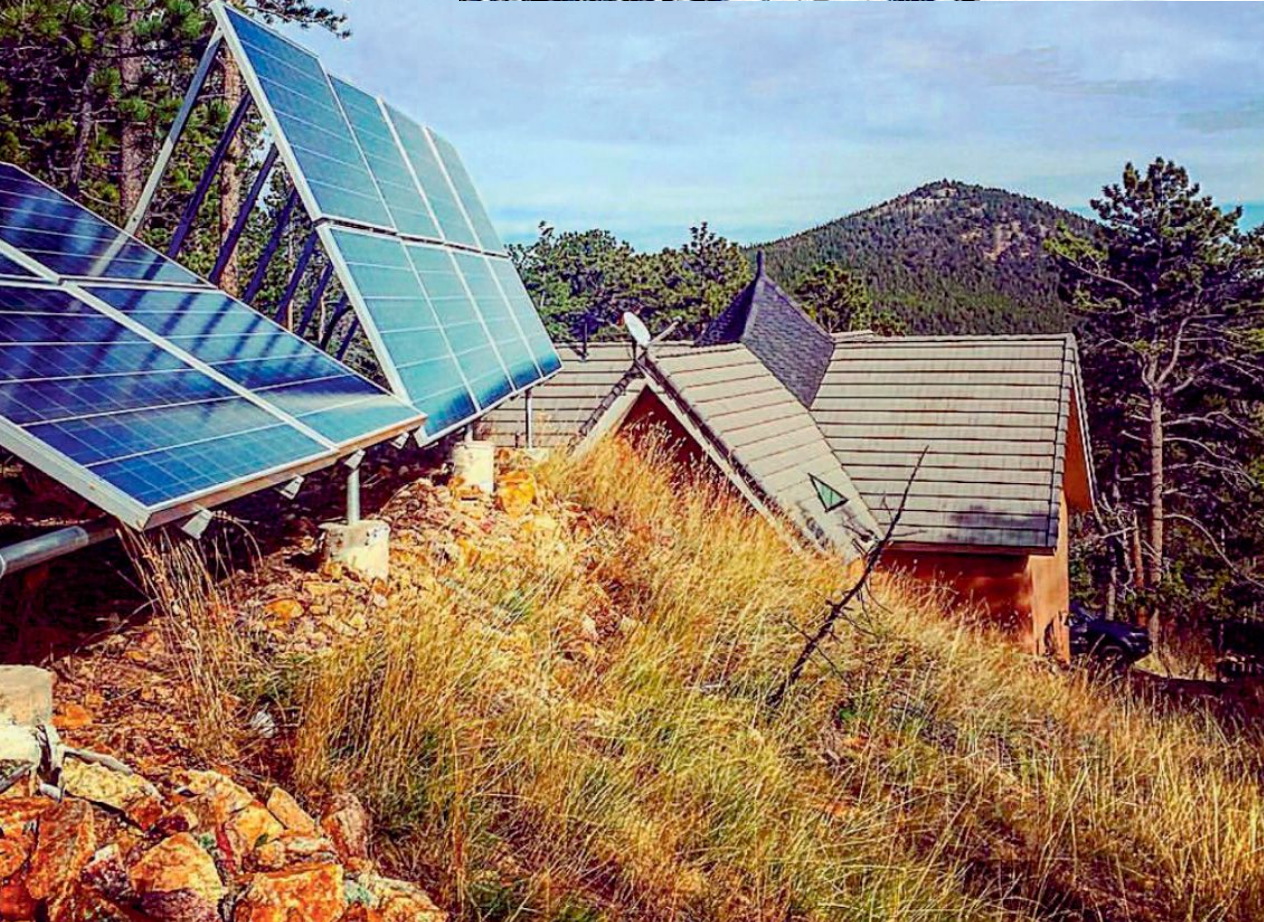Inspirational
Live Free or Die: The Process of ‘Rewilding’

There are those among us who desire to live a simpler, less materially driven life. In this group are the tiny house people, the permaculturalists, the homesteaders, and the self-sufficiency movement itself – all pointing to an overarching disdain shared by millions for the ways of modern society. Enter the rewilders.
A man named Thorn doesn’t just grow his own food, and build his own house with wood he has foraged. He doesn’t just eat berries he has found in a thicket. He wears clothing he made himself from animal pelts, and struggles to maintain his calorie count as he opts out of civilized comfort and the conventional economy. This wilderness man isn’t alone. Across the nation, many are living like Thorn.
These individuals often forgo running water and electricity in the name of living sovereign. Rewilders believe the woes of modern society are too complex to solve merely by switching to cleaner sources of energy, or by sustainable practices such as recycling and buying organic food from local farmers. They aren’t in alignment with Preppers either, who stock-pile food and ammunition in case the S%@&^ hits the fan. They want to reconnect to nature in ways many of us would see as extreme, but that early man and settlers to this country embraced as a way to live free.
Some argue the ‘movement’ started in the 1960s when hippies left big cities to reconnect to a more natural life, often taking to communes in the middle of forests and prairies in order to eschew the cultural norms of their time, but rewilding is a distinctive subculture that goes back much further.
Monks and arahats often gave up city life and lived entirely in forests or remote caves for similar reasons. And more recently, it was discovered that more than 30 million modern Chinese live in underground caves. More than 170,000 years ago, this was a common practice for human beings. In the case of holy men, they retreated to forests to practice meditation uninterrupted, and to forgo monetary wealth for the wealth of nature and inner reflection.
Whether the rewilding individual seeks solace from the hectic pace of modern life, and all its unnecessary accoutrements, or simply desires to opt-out of a society which requires us to work as slaves from cradle to death, they are exemplary, if not extreme examples of living self sufficiently.
They drive no gas-guzzling cars. They contribute no plastic trash to our oceans. They do not over-tax their ecosystems with their mere existence. For some living free might mean that they don’t know where their next meal is coming from, our living in a house made of sticks, and crapping in a hole among trees, while others among us are happy to enjoy life’s conveniences while attempting to alter our personal footprints to honor nature more profoundly.
No matter what version of this you practice, getting closer to nature will always pay dividends. If nothing else, it is a reminder that we are nothing but a small part of a massive, living, breathing GAIA. Our flesh will be food for worms at some point, and our electronic devices won’t matter more than a hill of beans when that time comes – so we can live free or die, at least that’s the rewilders’ motto.
Image: SolarToday
Typos, corrections and/or news tips? Email us at Contact@TheMindUnleashed.com
